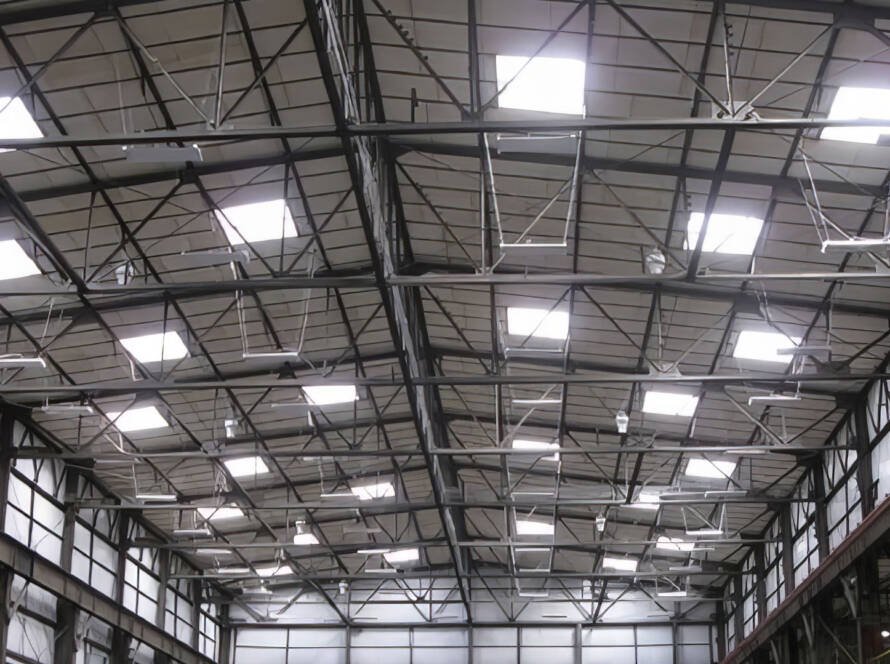Heat stratification — the natural rising of heat — costs businesses money, decreases worker productivity, wastes energy and stresses equipment. Stratification can even increase condensation spots, cause air stagnancy, and decrease the lifespan of lighting systems. Every business that has buildings with high ceilings is at risk for losses because of stratification. The goal is to find heat stratification solutions that will increase circulation and thus, equalize the room’s temperature. This will save the business money, time, and energy right away.
The Distinct Ways That Stratification Causes Business Losses
Heat stratification may seem like a simple phenomenon, but its effects are widespread, and they aren’t good. Here are the losses you can expect from unaddressed stratification in a high-ceiling building:
Wasted Heat and Wasted Money
In the winter, HVAC systems will supply hot air into the room, but instead of heating the ground floor where people live, it will rise to the top of the room at the ceiling.
The thermostat at human-level will not recognize an increase in heat because it is also at human-level, which will cause the HVAC system to over-heat the space to compensate for warm air rising to the ceiling. Not only will the space be overheated to maintain comfort at the floor, but the temperature difference between the outside air and at ceiling level will be drastic causing a higher rate of heat transfer through the roof. Energy bills will be higher than necessary and HVAC system maintenance and replacement will be required more often.
Decreased lifespan of lighting
Along with being a waste of energy, stratification can severely degrade your lighting system. The constant higher temperatures that your lighting system is exposed to, due to stratification, can significantly impact the mean time to failure. By installing a destratification system, the ceiling temperature is reduced allowing your lighting system to operate in a lower ambient air temperature leading to an increased lifespan.
Decreased Comfort and Productivity
Air stratification is a good indicator of poor air movement in a building. Hot and cold spots are imminent, and certain areas of the building will hold pockets of stagnant air.
This will cause workers to be uncomfortable while working, which will result in numerous negative effects. First, workers will be less likely to perform at their highest capacity in an uncomfortable environment, decreasing productivity. Mistakes will be more common, and in the end, you may see a higher turnover among employees.
How Destratification Fans Help
The most effective solution for heat stratification is a fan — but not just any fan. A destratification fan is mounted in a room with high ceilings and has the sole purpose of equalizing a room’s temperature. Destratification fans mount at various heights, depending on the height of your building and force the hot air that tends to collect near the ceiling to the ground floor level where everyone lives.
The Airius Difference
As years pass, businesses with high-ceiling buildings usually start to realize huge losses on energy costs, overrun equipment, and decreased productivity. When they finally recognize the core problem of these losses — stratification — they turn to highly-effective destratification fans from Airius for an answer. And in just a few months, most businesses are already saving thousands.



